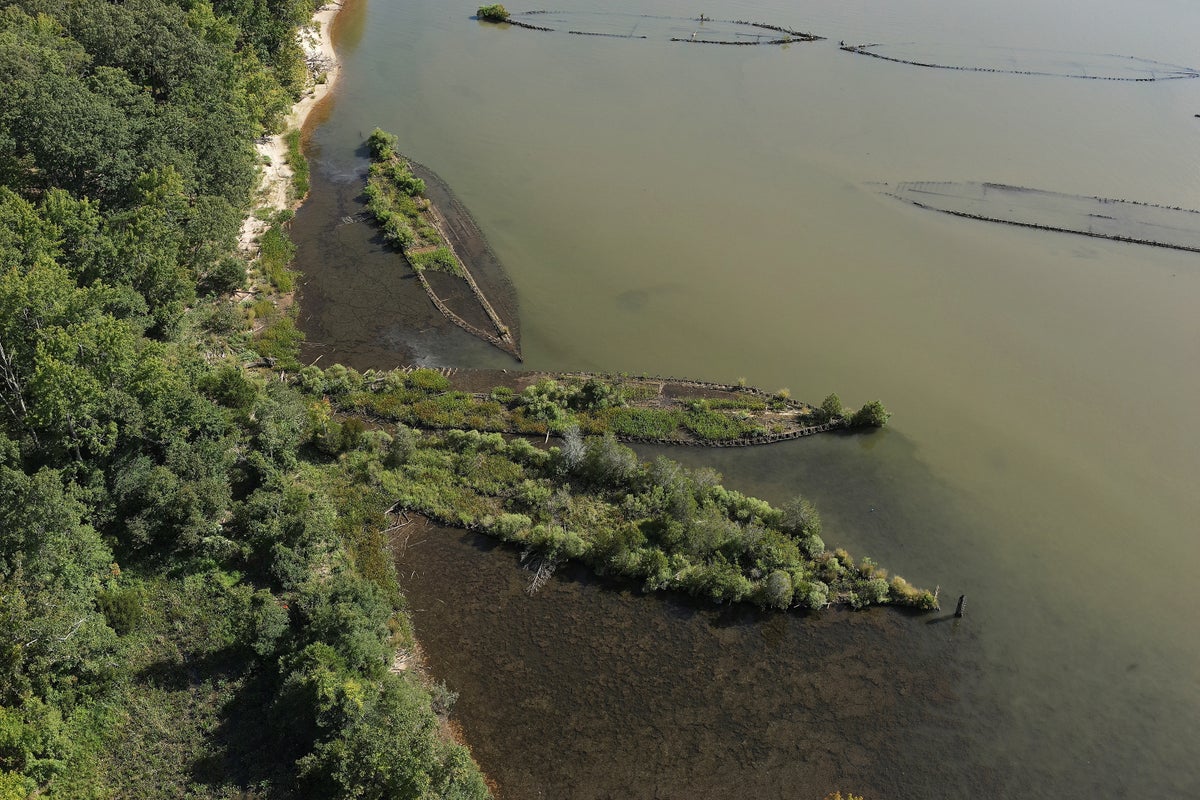
"Wrecks near the coast in Mallows Bay are becoming islands, providing novel, human-influenced habitats for a variety of terrestrial and aquatic species. In 1929 the Western Marine & Salvage Company moved a fleet of 169 World War Iera steamships to Mallows Bay, a shallow inlet in the Potomac River, where they were burned to make any salvageable materials easier to reach. Over time, a few ships were buried under the sediment while others floated away."
"I'm sure that this was, in many ways, environmentally catastrophic when it first happened, says marine conservation biologist David Johnston, a co-author of a new study describing the area published in Scientific Data. But life is so strong that it just takes that and makes it its own. Johnston and his colleagues found birds, such as ospreys, nesting on wooden ruins, algae flourishing and providing nurseries for fish and trees erupting out of the sunken ships."
In 1929 the Western Marine & Salvage Company moved 169 World War I–era steamships to Mallows Bay and burned them to ease salvage of materials. Over decades some vessels were buried in sediment while others drifted away. Today 147 ship skeletons, called the Ghost Fleet of Mallows Bay, persist and have developed into a rich ecological oasis. Wooden ruins support nesting birds such as ospreys, submerged timbers host algae that provide nurseries for fish, and trees sprout from the sunken hulls. Grounded Emergency Fleet vessels were burned to the waterline during multiple salvage periods to facilitate scrap recovery. Hard submerged materials attract diverse aquatic fauna.
Read at www.scientificamerican.com
Unable to calculate read time
Collection
[
|
...
]